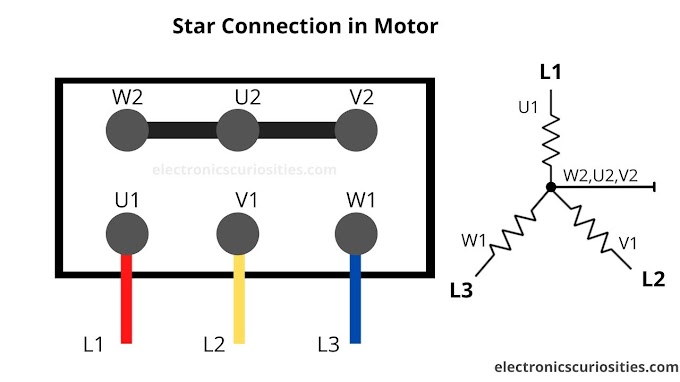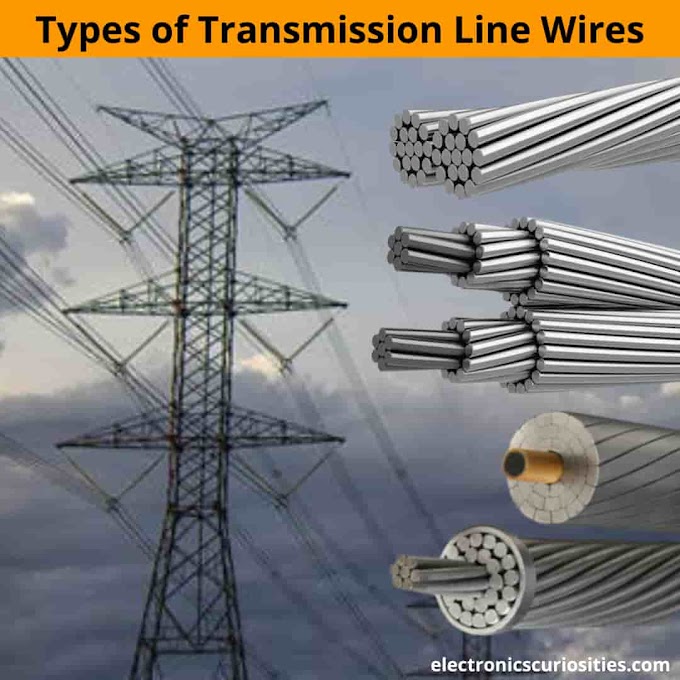Today we will know what is overload and overcurrent and at the same time, we will also talk about the difference between overload and overcurrent.
By the way, whenever we consider the names of both overload and overcurrent, then it is clear from their names that what they tell us within the electrical system.
But after understanding this, again we get confused in short-circuit and overcurrent many times, so we will know some important things about the short-circuit current within this topic as well.
For now, let us first understand what is the overload condition.
What is Overload?
Overload means that we have any device, if we give more load to that device than its capacity, then it is called overload condition. We can understand this better with the help of an example.
Example- Suppose I am a human being and my capacity is that I can lift weights up to 40 kg, now if someone forcibly lifts me 50 kg weight instead of 40, then this condition will be called an overload condition for me.
The same if we talk about the motor, all motorcycles have different capacitance shafts/rotors, which have different capacities. Now if we give more load on this shaft than its capacity, then this condition is called overload condition.
Is overload harmful or not?
The simple answer to this is that if there is talk of over anywhere, like overload, over-voltage, over-current. So this condition is always harmful. This is because the over is meant more than the limit.
What is Overcurrent?
We can easily understand what the overcurrent is from the example of the motor. Suppose we have a motor with a full load current is 10 amperes. But for some reason this motor takes more current than 10A, then this condition is called overcurrent.
Now another question arises here, then what is the difference between the two overload and overcurrent, because whenever our motor runs on overload it takes more current, then both overload and overcurrent became the same thing. Because the motor takes more current in both.
But friends this is not the case at all. Overcurrent depends on a number of conditions, such as when the equipment is overloaded, the motor is jammed or if the supply voltage to the motor is low, in addition to the fault due to all these Overcurrent conditions may occur.
The difference between overcurrent and short-circuit?
We also understand the difference between this overcurrent and short circuit from a practical example of a motor.
Example: Suppose we have a motor running at 10 ampere current. Now whenever there is a condition of overcurrent in our system, this motor will start to take a little more than 10 like 15A-20A and if we talk about the maximum current passing through this motor at the time of overcurrent then it will be a maximum of 80-100 ampere.
But if we look back at the condition of a short circuit in the motor running at the same 10 ampere current, then in this, not thousands of amperes are emitted in our motor, rather than 50-100 amperes.
Because a short-circuit is called a condition when a phase-neutral is touched or some 2 phases are interconnected, it is called a short circuit. In the case of a short circuit, more than 1000 amperes flow from the circuit within 1 mile second.
Also, read- What is Carbon Brush? Why do we put it in a motor?
Now we talk about what you have to answer if you are asked a question about it in the interview.
What is Overload and Overcurrent difference?
Q: What is the difference between both overload and short circuits?
Ans: Overload- all electrical appliances are designed to handle a limited amount of load, when we connect more load than this, it becomes an overload condition.
Overload - All electrical devices are designed to handle a limited amount of load. Now whenever we connect more load to our device, it is called overload condition.
Overcurrent- a situation in which the current flow in a device is more than that its current capacity. That is called over current.
Overcurrent - A condition in which the current flowing through an instrument exceeds its current withstanding current (FLA) is called an overcurrent.
So, I hope you have got answers to many questions related to your overload and overcurrent .
If you still have any questions related to this article, then you can message me on my social media accounts.
Check other articles
Different Solar panel System for Home requirement save energy by using free solar energy.
Difference between Monocrystalline and Polycrystalline Solar Panels




